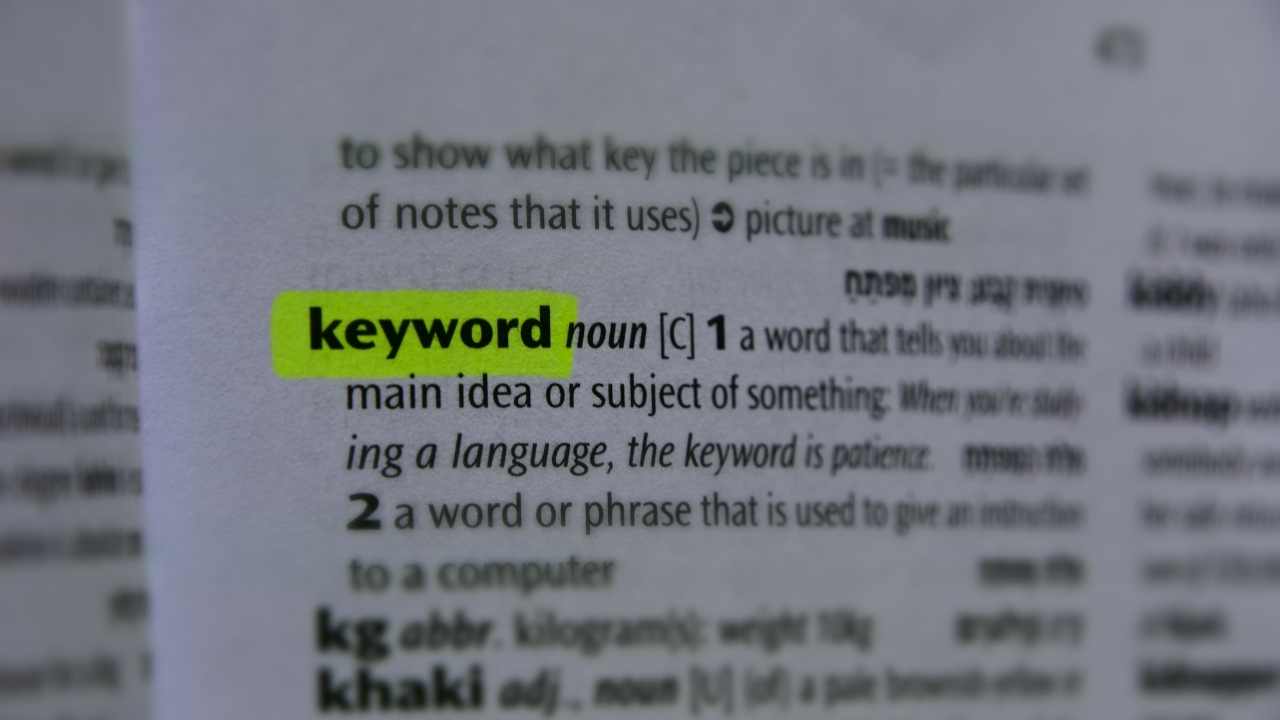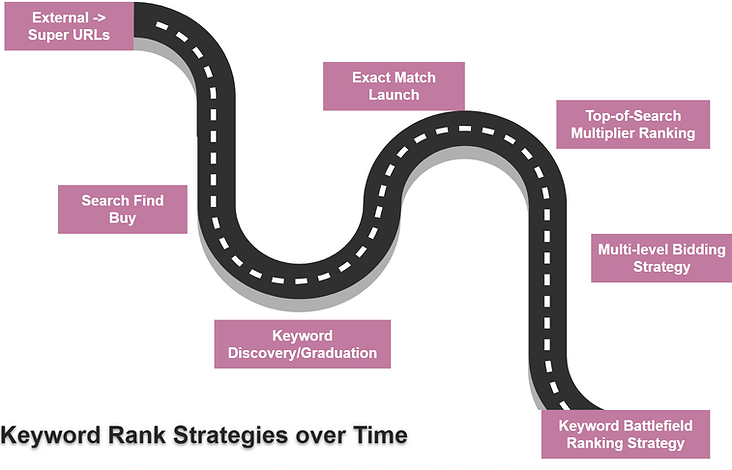Keyword Research Basics
Mastering Search Intent Optimization: A How-To Guide

I’ve figured out how to get Google to notice us! Understanding what people are looking for when they search is super important—it’s like having a secret key to online success. By looking at data and planning our content carefully, I’ve learned how to give users exactly what they want.
In this guide, I’ll show you the steps I use to research keywords and sort out different search goals to get to the top of search results. Are you ready to get noticed?
Let’s use understanding search intent to our advantage.
Understanding Search Intent
To nail search intent, I’ve learned it’s key to figuring out why people search for something. It’s not enough to have the right keywords. I need to get what the searcher wants to do.
Is the searcher looking for info, trying to find a product, or chasing a service? To work this out, I look at patterns in search terms and use insights from tools like Google Analytics and SEMrush. This helps me create content that hits the mark, making it more likely that people will stick around and maybe even buy something or sign up.
I’ve to keep checking and tweaking this because what works can change. Focusing on intent means I bring in visitors who are more likely to take action, not just any random traffic.

Next up, I’ll dig into how this helps me understand what users do in more detail.
Deciphering User Behavior
Understanding How People Use Websites
So, I’m going to figure out how people use websites. I’ll look at the clues they leave behind – like which buttons they click or how long they stay on a page. This helps me make my website better for them.
Here’s what I focus on:
- Click-through rates (CTR): This shows me if people want to read more based on the title or a quick preview.
- Time spent on a page: The longer someone stays on a page, the more likely they find the content useful or interesting.
- Bounce rates: If many people leave the site quickly, it might mean they didn’t find what they were looking for, so I know I need to make some changes.
By looking at all this data, I ensure I’m getting people to visit the site and giving them what they’re looking for.
Next up, I’ll dive into keyword research to improve at what I do.
Pillars of Keyword Research
After looking at how users behave, I’m focusing on the key parts of keyword research to make my content match what people are looking for. Understanding keyword research means looking at three important areas: how appropriate a keyword is, how often it’s searched for, and how many others use it.

I choose keywords that fit my audience’s interests, ensuring the content is relevant to them. It’s not about guessing; it’s about having solid data that shows me their exact queries.
Finding the right balance with the popularity of a keyword is also important. I aim for keywords that are searched for enough to bring people to my site but not so much that my content gets buried by others. Then there’s competition. I look at what others are doing to spot chances to get my content to rank well in search results. This strategy is about finding spots that others have missed and taking advantage of them. This way, my audience can easily find and benefit from my content.
It’s about using data to guide me, aiming for the right keyword popularity, and finding the best opportunities to stand out from the crowd. This helps the people I’m trying to reach easily find the information they need.
Aligning Content Strategy
I will use the keywords I’ve found to make a content plan that matches my audience is needs. I look at the data to understand their questions and their words. This way, I make sure the articles I write aren’t only found easily and useful and on-topic for my readers. Here’s my method:
- Studying Search Patterns
- Noting when certain topics are more popular
- Seeing which searches are common
- Finding Content Opportunities
- Looking for areas where other websites are missing out
- Creating specific articles to fill these spots
- Improving How Users Interact with Content
- Making sure articles are easy to read and engaging
- Organizing them so people can find what they need quickly
Data guides me; it’s like a map that helps me make content that feels new and exciting for my audience.
SERP Analysis Techniques
To better understand what our audience is looking for, I closely examine the search engine results for our main keywords. I check whether the top results are blog posts, product descriptions, or discussion threads. This tells me what people hope to find when they search these terms. Especially important are the ‘featured snippets’ that sometimes appear at the top of the search results—they can reveal much about what users want.
Then, I study what the highest-ranking pages have in common. I note how they’re set up, the words they use, and how much information they offer. It’s not enough to sprinkle in keywords; I need to understand the full context they’re used in. I gather this information carefully because it helps me ensure that when people find my content, it’s easy to find and what they’re actually looking for.

Categorizing Intent Types
When I sort out different types of online searches, I use real data to understand what people want to find. It’s important because this helps me make my content more relevant to them.
I look at the difference between searches where people want to go to a specific place online (navigational) and where they want to buy or get a service (transactional).
I use techniques that sort these searches based on how people behave online. For example, if many search for ‘best running shoes,’ I might write an article recommending top running shoe brands and where to buy them.
This way, my content is more likely to appear and be useful in search results.
Identifying User Goals
When you’re working on making your content match what people are looking for, it’s important to understand the different reasons they’re searching online. Let’s break down these reasons:
- Looking for Information:
- Finding answers: People search for specific details or answers to their questions.
- Exploring topics: They’re just learning about a subject and want to learn more.
- Finding Something Specific:
- Searching for brands: People want to go directly to a website or page.
- Using services: They’re trying to get to a service or sign into their account.
- Making a Purchase:
- Ready to buy: People are looking to purchase items or services.
- Looking for subscriptions: They want to find the best offer or sign up for something.
Intent Classification Methods
Understanding why people use search engines helps us to identify their needs more accurately. I’ll now explain the best ways to categorize these reasons to ensure our content matches their preferences. We should classify search intent into four main types: looking for information, getting to a specific website, wanting to buy something, and comparing products before buying.
By studying patterns in what people search for and using data analysis, we can figure out what they want. For example, when someone uses a detailed phrase, they usually want information. If they search for a company name, they’re likely trying to get to that company’s website.

I look closely at how often certain search terms are used and the situations they’re used in. This helps me create content that meets what users expect. This effort isn’t about limiting choices but making it easier for people to find what they need. This improves their time online and gives them more control.
The best way to sort search intent and make content more relevant is to focus on data and put the user first.
Navigational Vs. Transactional Queries
When discussing what people want to do when they search online, we can look at two different types: searching for a specific website and searching to buy something or take an action. Knowing the difference helps us create content that meets what people are looking for:
- Navigational Queries
- What they are: These are searches done to find a specific website or webpage.
- Example: Typing ‘Facebook login’ or ‘YouTube channel’ into a search engine.
- What to do: Make sure your website is easy to find by using your brand’s name and other unique words that identify your site.
- Transactional Queries
- What they are: These searches are done to do something, like buying a product or booking a service.
- Example: Looking to ‘buy noise-cancelling headphones’ or ‘book a flight to New York’.
- What to do: Make it easy for people to see what you’re offering, like the benefits of your products, any special deals you have, and give them a clear way to take action (like a ‘Buy Now’ button).
Frequently Asked Questions
How Do I Measure the Success of Search Intent Optimization Efforts Over Time?
To find out if my efforts to make search results more relevant are working, I look at things like how often people click on my links (click-through rates), how many visitors do what I want them to do on my website (conversion rates), and how high my web pages rank in search results for specific words (keyword rankings). These numbers help me see if I’m giving people what they want when they search online.
Can Search Intent Optimization Vary Significantly Across Different Languages or Cultures?
Search intent optimization definitely changes a lot between different languages and cultures. This means we must use careful research and planning to understand these differences well. That way, we can make sure our content reaches people effectively. For instance, when creating content for a Spanish-speaking audience, we might focus on local trends and preferences that differ from English-speaking users. It’s like knowing which spices to add to a recipe so that it tastes just right to the people you’re serving.
How Should I Adjust My Search Intent Optimization Strategy for Voice Search and Virtual Assistants?
Based on what I’ve learned, people use everyday language when talking to virtual assistants or using voice search. To ensure my website appears in these searches, I’m including more long phrases and direct questions that someone might naturally ask. This makes it easier for people to find what they want using these services. For example, instead of just targeting the keyword “weather,” I’d use a full question like “What’s the weather going to be like tomorrow?” This approach helps connect users with the right information quickly and easily.
What Are the Legal Considerations or Privacy Concerns When Collecting Data to Analyze User Behavior for Search Intent?
When I look at how people use search engines, I follow the law and protect their privacy. I keep in line with rules like the GDPR, which are there to keep personal information safe. This is important because people should be able to trust that their data is secure. By doing this correctly, I can learn what users are looking for and improve their search experience.

How Can Small Businesses With Limited Resources Effectively Compete With Larger Entities in Search Intent Optimization?
As a small business with a tight budget, I use specific, less common keywords to stand out. I also focus on crafting content that directly addresses my audience is needs. This means I spend time studying what my customers need and want, and then I shape my online content to meet those needs. This way, I can compete with bigger companies by offering something unique and valuable to my audience. For example, suppose I’m selling eco-friendly office supplies. In that case, I’ll write in-depth articles about the benefits of sustainable products, which could attract people specifically interested in reducing their environmental impact.

Hello there! I’m Louis Hill, the go-to guy for all things SEO and Keyword Research at Keyword Luv. My journey began at Ohio State, where I honed my skills in computer programming. But it’s the dynamic world of SEO and Online Marketing that truly captivates me. I’ve probably spent more hours ranking websites than most self-confessed computer nerds!
When I’m not immersed in the digital realm, you’ll find me pedaling through the countryside, embracing the freedom of cycling. Or perhaps, scribbling some not-so-great poetry, which I find oddly therapeutic. Travel is another passion, exploring new places and creating memories. And let’s not forget Duchess, my Golden Retriever. She might not be the typical retriever, but she’s perfect in her unique way!
Feel free to connect with me on Instagram or Facebook. Whether you’re curious about the latest trends in SEO, want to swap travel stories, or share a laugh over some bad poetry, I’m all ears. Let’s navigate this fascinating digital landscape together!







